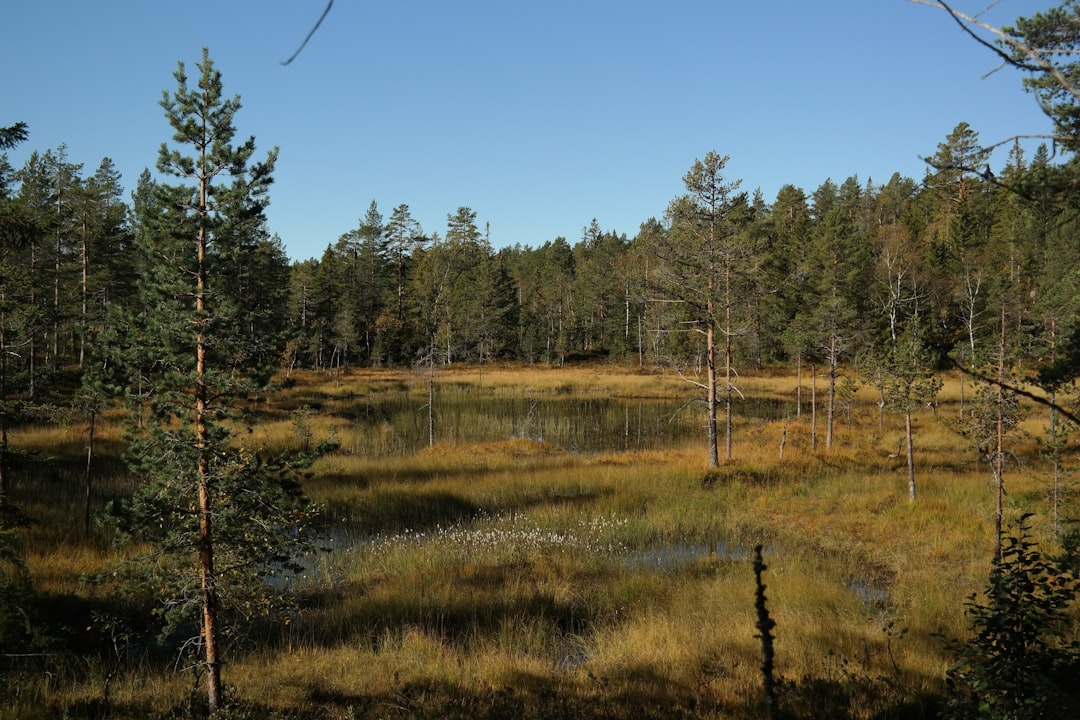Norway is often celebrated for its stunning landscapes, high quality of life, and robust welfare system. However, it is equally known for its high cost of living, which can be a significant shock for newcomers. The Norway Relocation Group is here to assist you in navigating this transition, providing valuable insights and resources to help you acclimatise to your new environment.
Understanding the financial landscape of Norway is crucial for anyone considering a move to this beautiful country, as it can greatly influence your budgeting and lifestyle choices. The high cost of living in Norway is particularly evident in everyday expenses such as housing, transportation, and food. For many expatriates, the price of groceries can be a particularly daunting aspect of settling into life in Norway.
With the right guidance and knowledge, however, you can learn to manage these costs effectively. The Norway Relocation Group offers tailored advice and support to help you make informed decisions about your finances, ensuring that you can enjoy all that Norway has to offer without breaking the bank. Plan your relocation with confidence. Book a personal meeting with the Norway Relocation Group today.
Summary
- Norway has a high cost of living due to expensive food, government policies, import costs, limited agricultural production, high labour costs, and currency exchange rates.
- Factors contributing to expensive food in Norway include government policies and regulations, import costs and tariffs, limited agricultural production, and high labour costs.
- Government policies and regulations play a significant role in the high cost of living in Norway, affecting food prices and availability.
- Import costs and tariffs contribute to the high cost of living in Norway, making imported goods more expensive for consumers.
- Limited agricultural production in Norway leads to a reliance on imported food, contributing to the high cost of living.
Factors Contributing to Expensive Food in Norway
One of the primary reasons for the high cost of living in Norway is the expense associated with food. Several factors contribute to this phenomenon, starting with the country’s geographical location and climate. Norway’s rugged terrain and harsh weather conditions limit agricultural production, making it challenging to grow a wide variety of crops.
As a result, many food items must be imported, which adds to their overall cost. Additionally, the demand for high-quality food products in Norway drives prices up. Norwegians have a strong preference for fresh, organic, and locally sourced ingredients, which can be more expensive than mass-produced alternatives.
This cultural emphasis on quality over quantity means that even basic grocery items can carry a hefty price tag. Understanding these factors can help you appreciate the complexities of the Norwegian food market and prepare for the financial implications of living in this beautiful country.
Government Policies and Regulations

Government policies and regulations play a significant role in shaping the cost of food in Norway. The Norwegian government has implemented various measures aimed at ensuring food safety, quality, and sustainability. While these regulations are essential for protecting consumers and promoting responsible farming practices, they can also contribute to higher prices at the checkout.
For instance, strict environmental regulations may require farmers to invest in more sustainable practices, which can increase production costs. Additionally, the government imposes tariffs on certain imported goods to protect local industries, further driving up prices for consumers. While these policies are designed to support Norwegian agriculture and promote a healthy food system, they can make it challenging for newcomers to adjust to the higher costs associated with grocery shopping in Norway.
Import Costs and Tariffs
Import costs and tariffs are another significant factor contributing to the high price of food in Norway. Due to its geographical location and limited agricultural output, Norway relies heavily on imports to meet its food demands. However, importing goods comes with its own set of challenges, including transportation costs and customs duties.
Tariffs imposed on imported goods can significantly increase prices for consumers. For example, certain food items may be subject to high import taxes, making them considerably more expensive than they would be in other countries. This reliance on imports not only affects the cost of groceries but also limits the variety of products available in Norwegian stores.
Understanding these import dynamics can help you make more informed choices when shopping for food in Norway.
Limited Agricultural Production
The limited agricultural production in Norway is a key factor driving up food prices. The country’s challenging climate and rugged terrain restrict the types of crops that can be grown and the scale of agricultural operations. While Norway does produce some high-quality products, such as fish, dairy, and certain vegetables, it cannot meet all its food needs domestically.
This limitation means that many staple items must be imported from other countries, which adds to their cost due to transportation and tariffs. Furthermore, the short growing season in Norway means that fresh produce is often only available for a limited time each year, leading to higher prices during off-seasons when imports are necessary. As a newcomer, being aware of these agricultural constraints can help you better understand the pricing structure of food items in your local grocery store.
High Labour Costs

High labour costs are another significant contributor to the overall expense of living in Norway, including food prices. The country has a strong labour market characterised by high wages and excellent working conditions. While this is beneficial for workers, it also means that businesses must account for these costs when pricing their products.
In the food industry, this translates into higher prices for groceries as retailers pass on their increased operational costs to consumers. Additionally, many food service establishments also face similar labour costs, which can make dining out an expensive option. Understanding the relationship between labour costs and food prices can help you appreciate why grocery shopping in Norway may feel more expensive than in other countries.
Currency Exchange Rates
Currency exchange rates also play a crucial role in determining the cost of living in Norway. The Norwegian krone (NOK) has fluctuated against other currencies over the years, impacting how much expatriates pay for goods and services. If your home currency is weaker compared to the krone, you may find that everyday expenses become significantly more expensive.
For those relocating from countries with stronger currencies, this fluctuation can be particularly challenging when budgeting for groceries and other essentials. Keeping an eye on exchange rates and understanding how they affect your purchasing power can help you make more informed financial decisions while living in Norway.
Tips for Smart Grocery Shopping in Norway
Despite the high cost of living and expensive food prices in Norway, there are several strategies you can employ to make your grocery shopping more manageable. One effective approach is to plan your meals ahead of time and create a shopping list based on what you need for the week. This not only helps you avoid impulse purchases but also ensures that you buy only what you will use.
Additionally, consider shopping during sales or promotions when possible. Many supermarkets offer discounts on certain items or have special deals on specific days of the week. By taking advantage of these opportunities, you can significantly reduce your grocery bills while still enjoying quality products.
Utilizing Discount and Loyalty Programs
Another way to save money on groceries in Norway is by utilising discount and loyalty programs offered by various supermarkets. Many stores have loyalty cards that provide customers with exclusive discounts or points that can be redeemed for future purchases. Signing up for these programs can lead to substantial savings over time.
Moreover, some supermarkets offer discount cards specifically designed for students or families with children. These cards often provide additional savings on essential items such as baby products or school supplies. By taking advantage of these programmes, you can stretch your budget further while still enjoying quality groceries.
Buying in Bulk and Meal Planning
Buying in bulk is another effective strategy for managing grocery costs in Norway. Many supermarkets offer discounts on bulk purchases, allowing you to save money on non-perishable items such as pasta, rice, or canned goods. This approach not only helps you save money but also reduces the frequency of your shopping trips.
Meal planning is closely related to bulk buying; by planning your meals around bulk purchases, you can ensure that you use all your ingredients efficiently without waste. This method not only saves money but also promotes healthier eating habits by encouraging you to cook at home rather than relying on takeout or processed foods.
Seeking Out Local Markets and Independent Stores
Finally, consider exploring local markets and independent stores as an alternative to larger supermarket chains. These smaller establishments often offer fresh produce at competitive prices and may have unique products that are not available in larger stores. Shopping at local markets not only supports small businesses but also allows you to discover new ingredients and flavours that can enhance your culinary experience in Norway.
In conclusion, while the high cost of living in Norway can be daunting for newcomers, understanding the factors contributing to expensive food prices can help you navigate this challenge more effectively. The Norway Relocation Group is dedicated to providing support during your transition, ensuring that you have access to valuable resources as you settle into your new home. Additionally, if you’re looking to improve your language skills while adapting to life in Norway, consider enrolling in Norwegian courses at the NLS Norwegian Language School in Oslo.
These courses will not only enhance your communication abilities but also deepen your understanding of Norwegian culture and society—an invaluable asset as you embark on this exciting journey!

